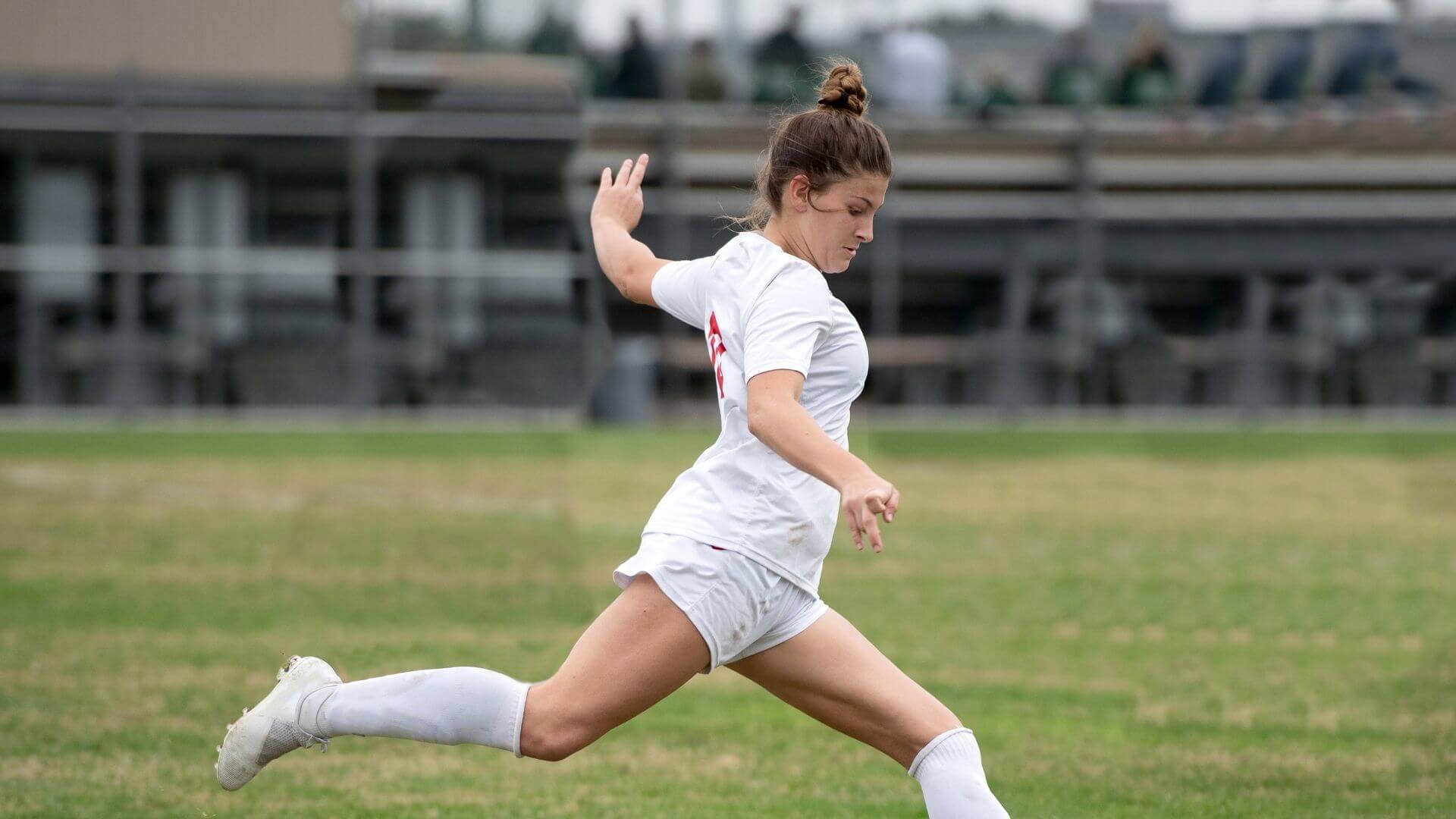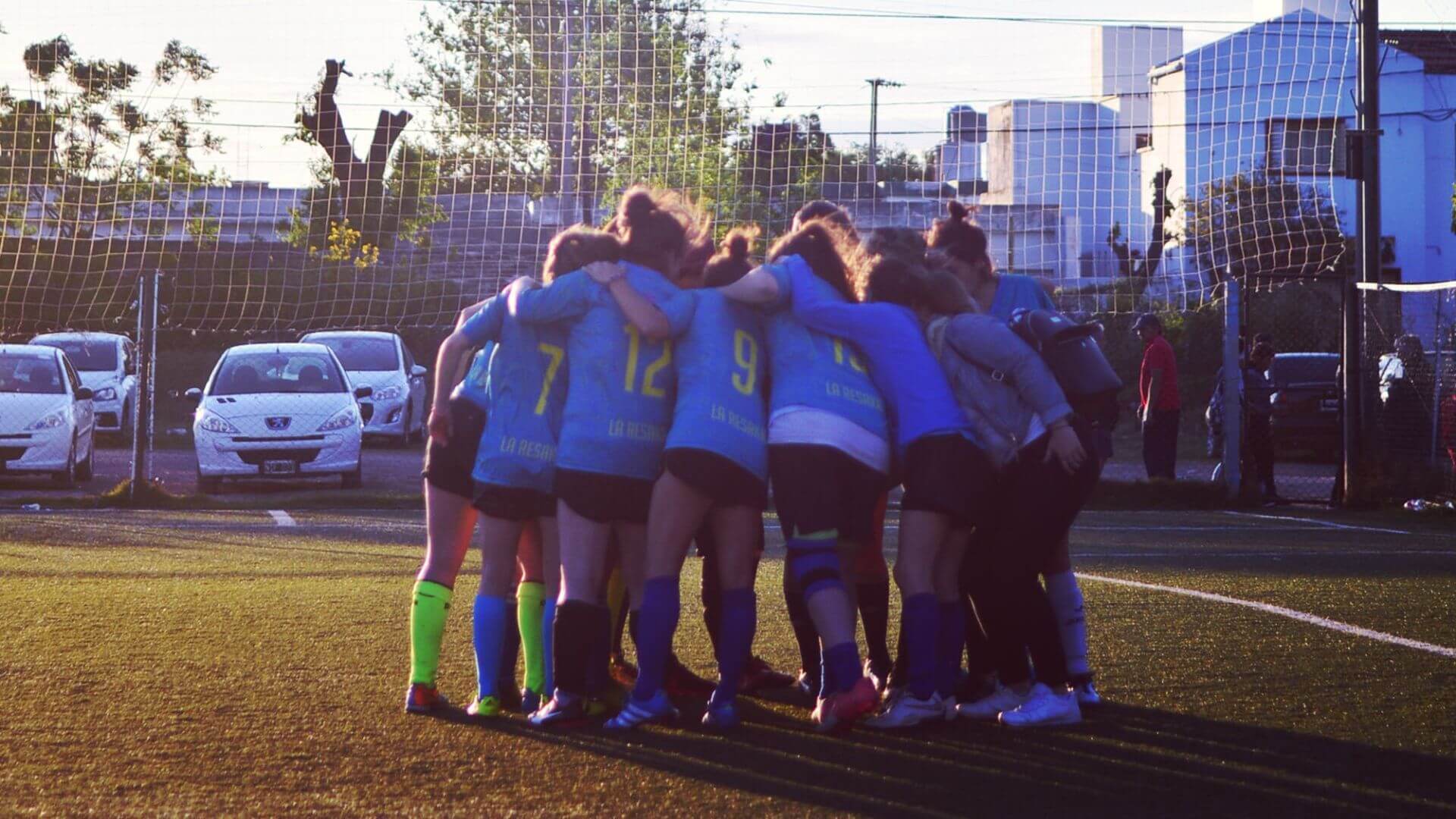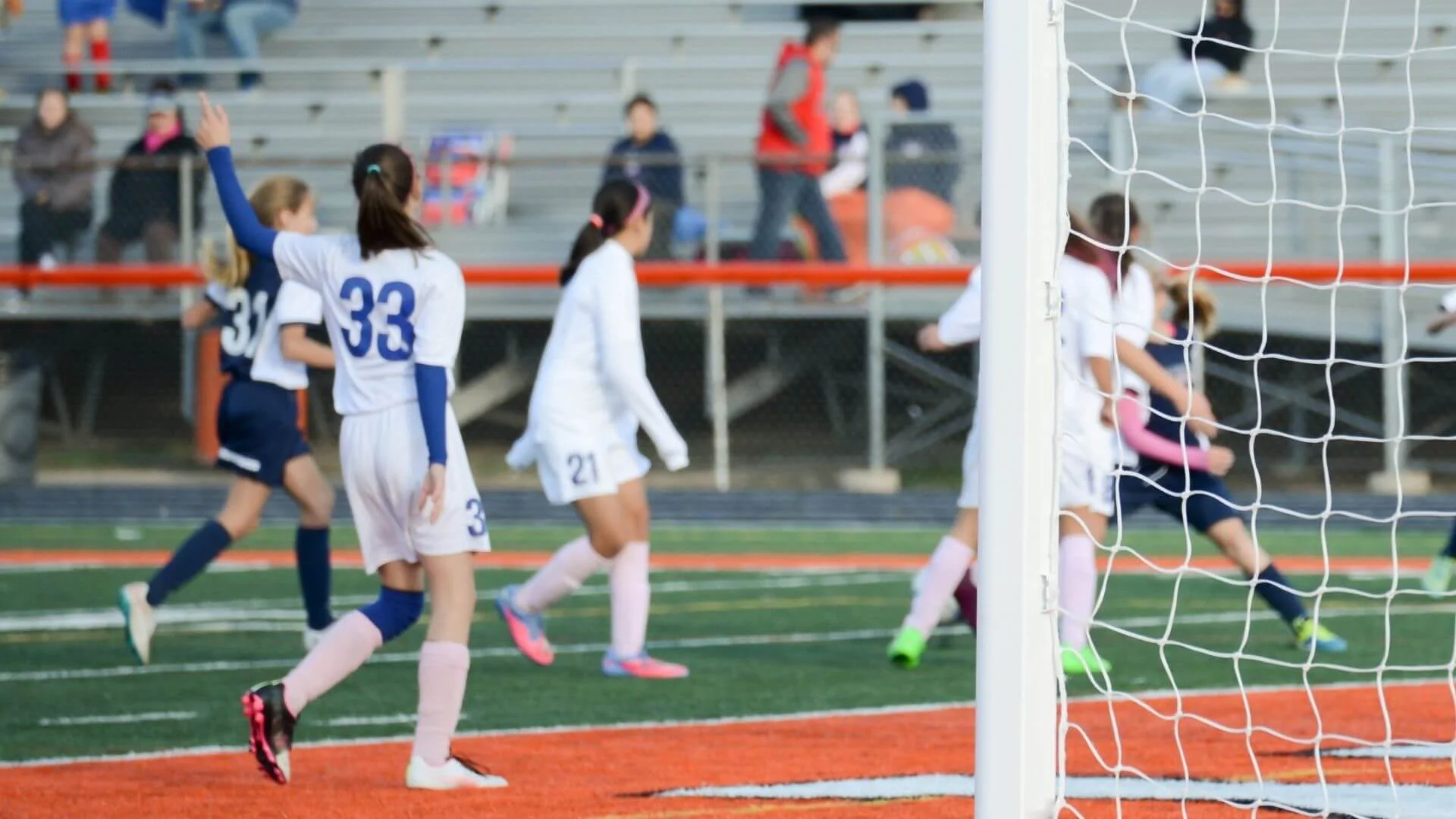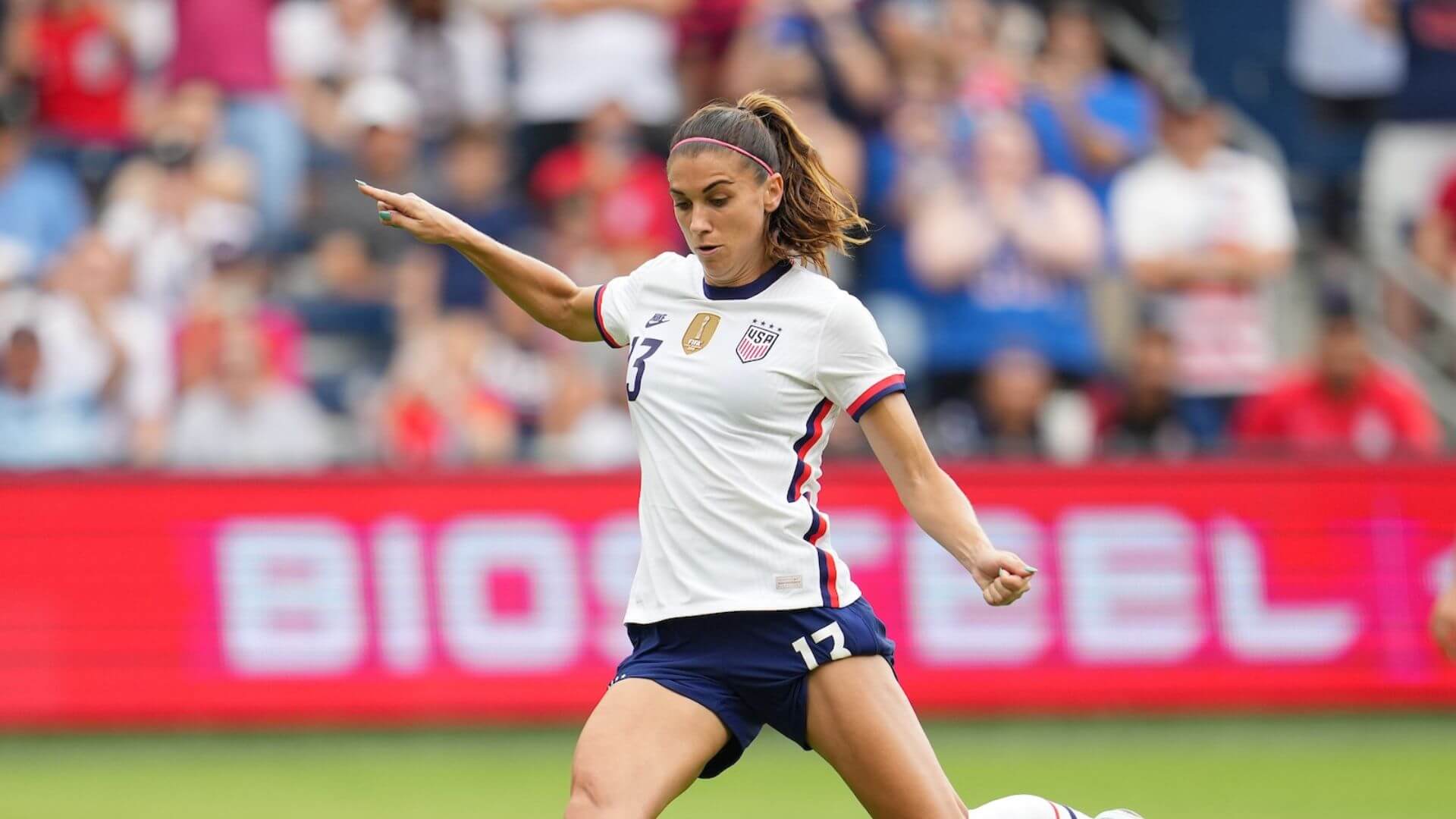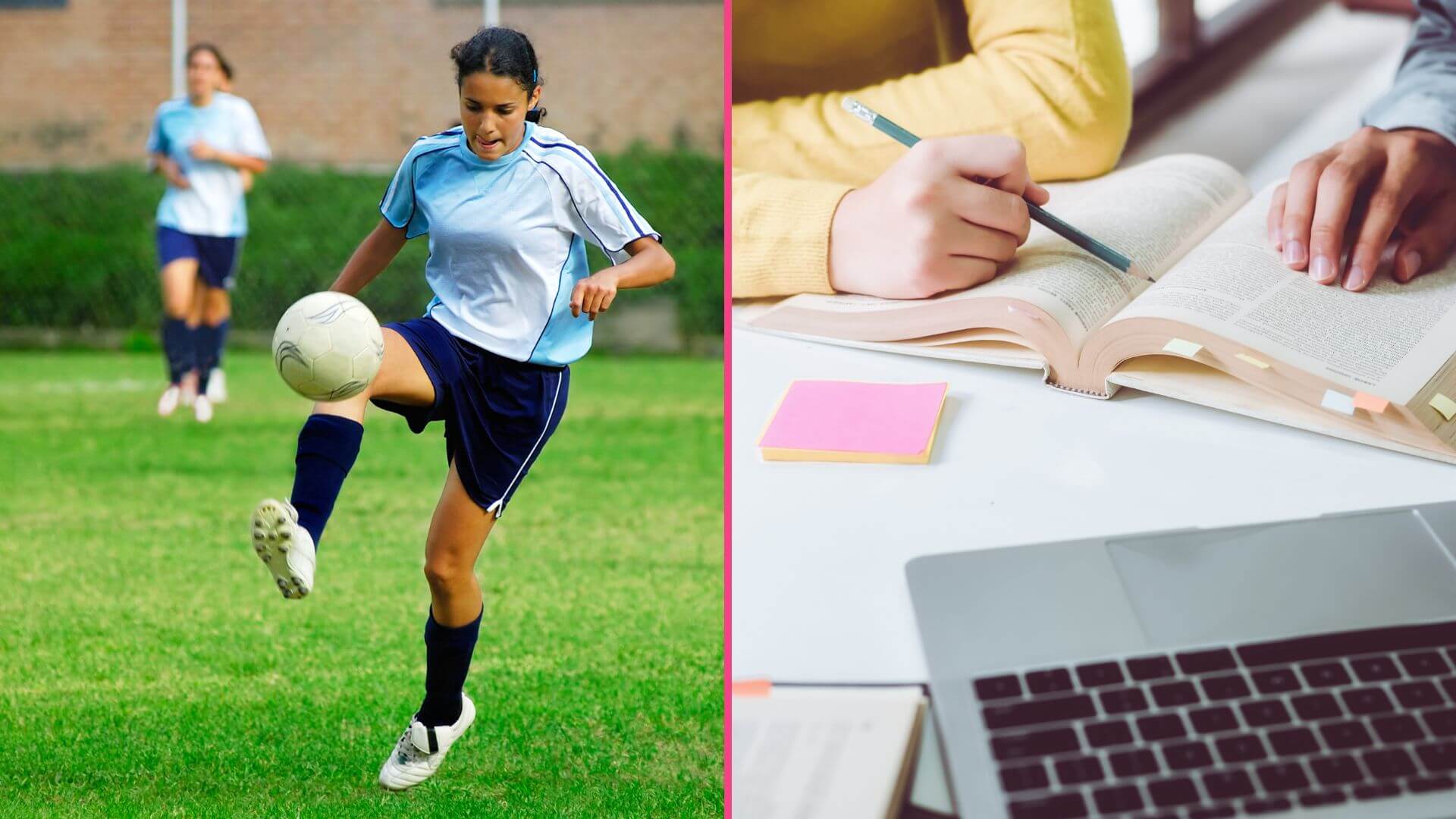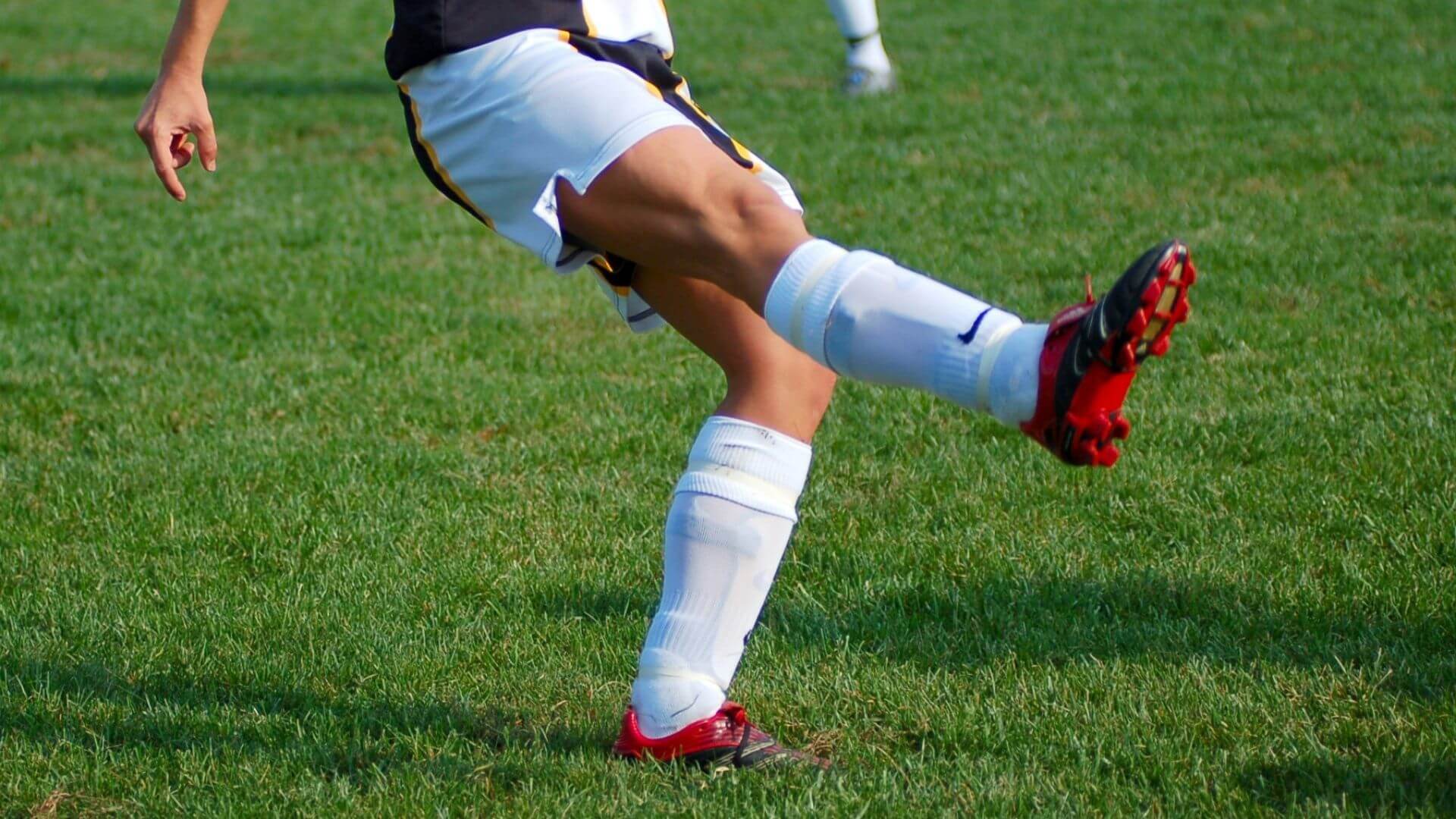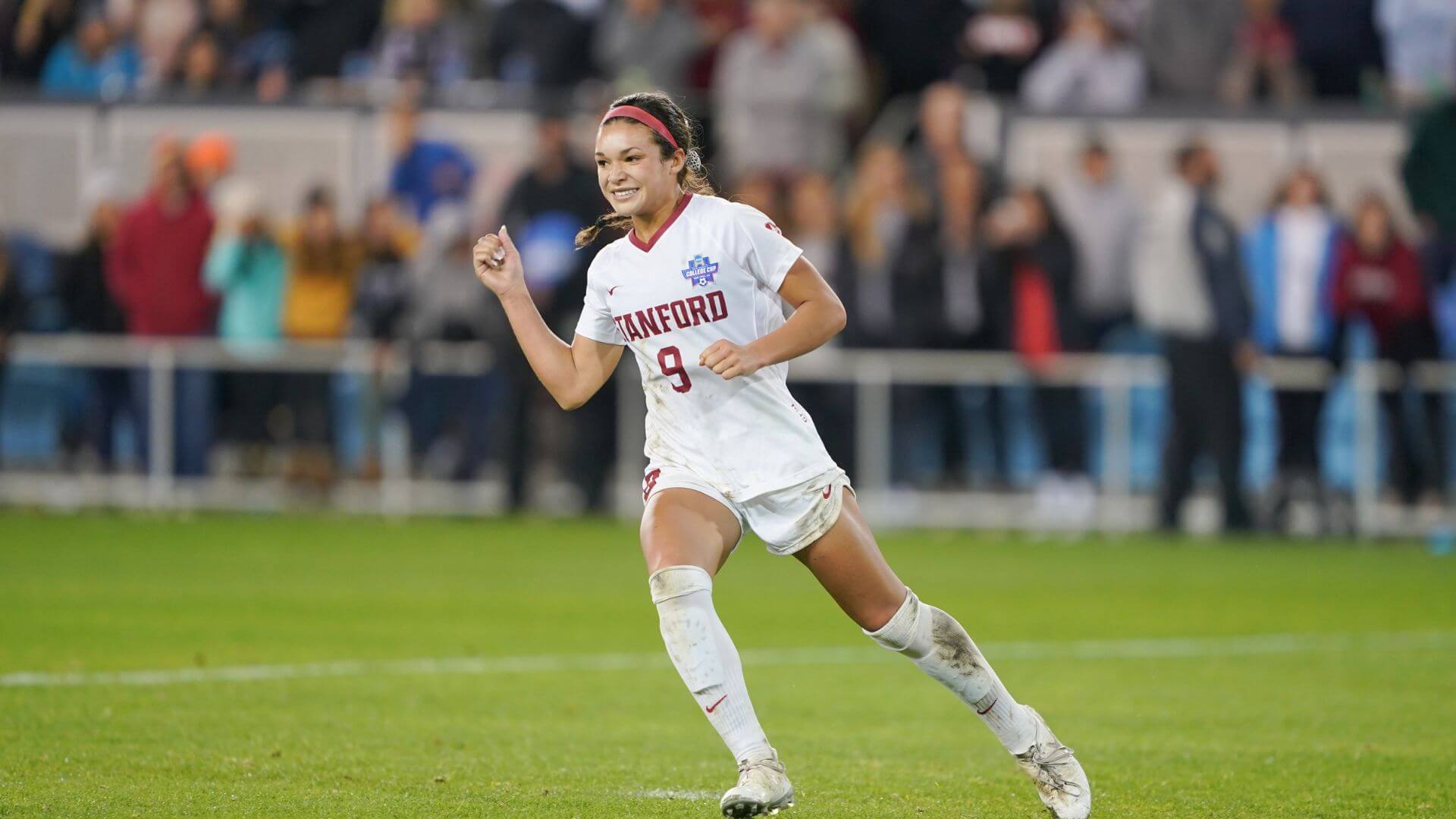5 Tips to Improve Your Non-Dominant Foot
When you are starting out playing soccer, kicking a ball with your non-dominant foot seems like the most challenging thing ever. Heck, it can still be difficult even after playing soccer for years. However, being able to control, pass, and take shots with both feet equally well is necessary to succeed in the sport.
Allow me to paint a picture for you: you’re one-on-one against an opposing player, sprinting towards the goal. The defender is right next to you, blocking your chance to take a shot with your dominant foot. So your only option is to shoot with your non-dominant foot; you kick… and watch as the ball sails to the complete opposite side of the field, nowhere near the goal.
This is obviously not the outcome we need in a game. The good news is it can be avoided with these five easy ways to work on your non-dominant foot.
Practice, practice, practice
As simple as it sounds, practicing is the only way you’ll learn to use your non-dominant foot better. When you are completing any type of ball drill, opt to use the foot you are least comfortable with.
Don’t get discouraged if and when the outcome doesn’t turn out how you wanted! Being consistent with the use of your weaker foot will pay off, and you’ll see results sooner than you think.
Keep your focus
We may not want to admit it aloud, but we all know that there are times when we cut corners while running laps or pretend to have finished our drills when we really didn’t.
Cheating ourselves here isn’t an option if we really want to strengthen the use of our non-dominant feet. Initially, you will have to focus on how and where you are trying to kick the ball, which is natural.
When taking shots on goal or practicing passes, pick a spot you want to direct the ball to and focus your kicks there. After a while, you’ll notice it becoming second nature, like using your dominant foot.
Train with weights
Sometimes, the real reason we may be afraid of using our opposite foot is that we know it is weaker. Therefore, our passes may not go as far, and our shots may not be as strong, so we don’t even bother trying.
But there is a remedy! Try using ankle weights around your weaker leg to add some pressure when running through drills. This will require you to use a bit more force than usual when kicking, strengthening your leg for when you play without the weights.
Just remember not to go overboard with this; you don’t want to end up with one overly muscular leg! Truthfully, weight-training benefits both legs, so this is a win all around.
Repeat (with intention!)
Repetition is the key to success in this situation. It may be frustrating and time-consuming, but repeating the same kick or pass multiple times with your non-dominant foot is extremely useful.
It’s essential to be intentional with your movements and recognize your motions so that you can replicate them accurately each time. Set a goal for yourself when doing repetitions to have a clear amount to work towards.
Higher goals are better initially and can be decreased as you notice improvements. Sure, this may feel like you’re living in the movie Groundhog Day, but the payoff is worth it.
Use a support system
Practicing a new skill alone is tempting when we don’t want others to witness our inevitable mistakes. However, playing with a partner is one of the best and easiest ways to hold yourself accountable.
If you are serious about working on your weaker foot, choose a friend you trust who won’t allow you to revert back to using your dominant foot. Not only is playing with someone else more entertaining, but they will also serve up some encouragement when you want to give up!
If you aren’t already comfortable using your non-dominant foot, make it a goal to work on it this season! The sooner you begin, the quicker you’ll be able to show off your new and improved skills.
Featured image via Adobe Stock Images
_
GIRLS SOCCER NETWORK: YOUR SOURCE FOR GIRLS SOCCER NEWS



